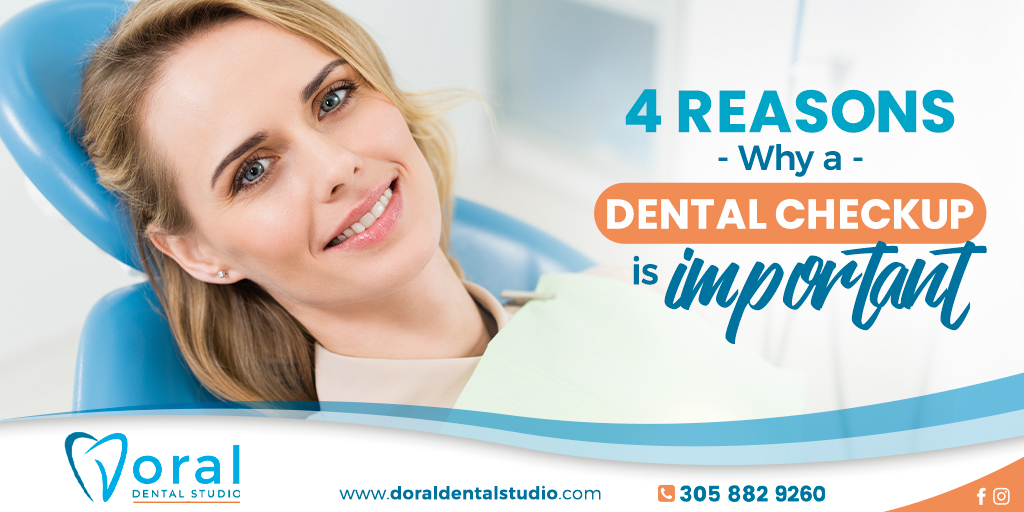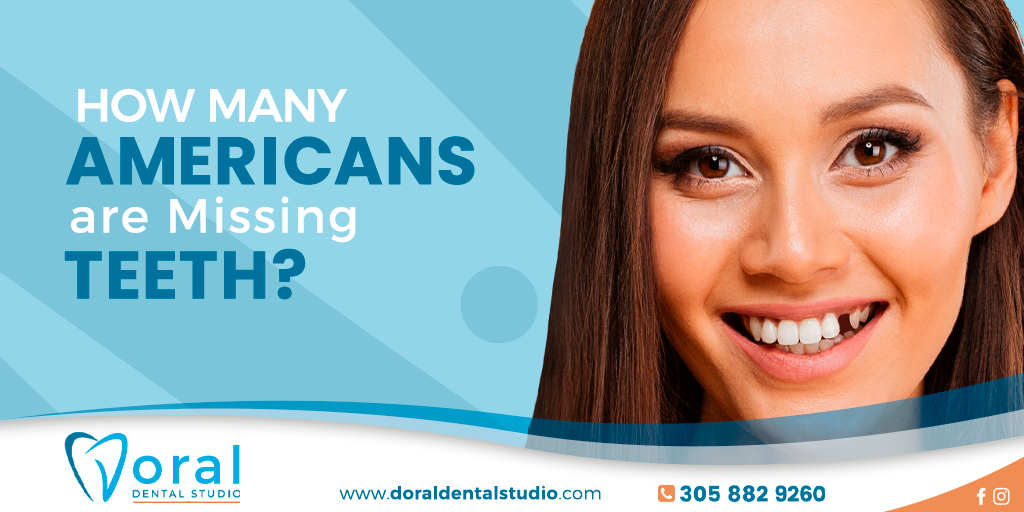A dental checkup is a good thing, and you should get one every six months. People who regularly get checkups are less likely to ever deal with a serious dental issue that requires an invasive treatment. That is just one benefit of getting routine checkups. There are so many more.
These are a few of the reasons why dental checkups are important:
1. Dental checkups prevent plaque, tartar, cavities and tooth decay
Even the most fastidious person can fail to clean the hard-to-reach places in their mouth. A good example is the back molars, which are notoriously hard to clean. That is why every person should see a dentist every six months.
The dentist will examine the patient’s teeth to look for early signs of tooth decay. If the dentist finds small cavities or white spots on the teeth, they will start the patient on fluoride treatment to reverse the decay and treat larger cavities with dental fillings.
Next, the dentist will perform a professional tooth cleaning to remove plaque or tartar from the teeth and gums. This will protect the teeth and gums from attacks by harmful bacteria that make their home in plaque and tartar.
2. Routine dental visits keep gum disease at bay
For the most part, the early stages of gum disease have no symptoms. This makes it hard for a person to detect gum disease in their mouths. Luckily, dentists are trained to spot gum disease even when it tries to hide.
During a routine checkup, the dentist will make sure that the gums are firm. They will check for swelling, receding gums and deep gum pockets. If the dentist finds any of these worrying symptoms, they will treat the underlying cause.
Usually, early gum disease goes away when a patient improves their oral habits, and a dentist will gladly guide their patient on how to take care of their gums.
3. Dentists use routine checkups to check for oral cancer
In addition to examining the teeth and the gums, a dentist will look for signs of oral cancer in their patient’s mouth. This is great because if oral cancer goes undetected, it can develop into a life-threatening illness.
The dentist uses a special light to look for dead tissue caused by tumors. The exam is called a VELscope cancer exam. It is painless and only takes a minute or two.
With this exam, a person who sees the dentist every six months has little chance of developing late-stage oral cancer.
4. Routine checkups can detect systemic health issues
Another part of dental checkups is the head and neck exam. The dentist will check the lymph nodes, neck and jaws for swelling, lumps, deformities and any other symptoms of illness. If a problem is found, the dentist will refer the patient to the appropriate medical professional.
This is one reason that a person should look forward to their dental checkups. They get to have their thyroid checked for the low, low price of a dental checkup. What is not to love?
Stay on top of your dental health with regular checkups
If you get regular checkups, your teeth are more likely to be healthy and strong. They will serve you for as long as you live. Feel free to come by our offices to get your dental checkup.
What are you waiting for?
Request an appointment here: https://doraldentalstudio.com or call DDS at 305.882.9260 for an appointment in our Doral office.



